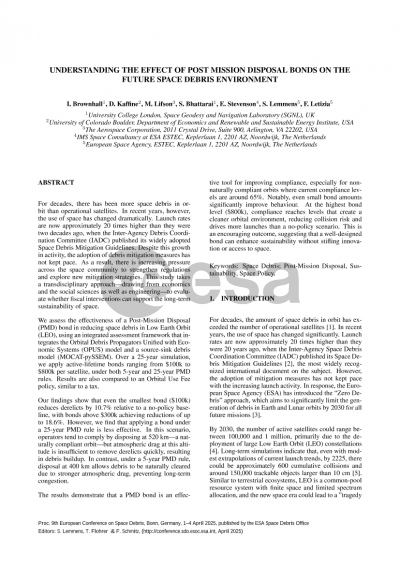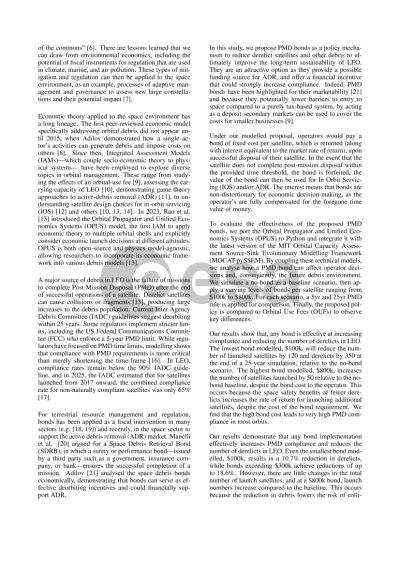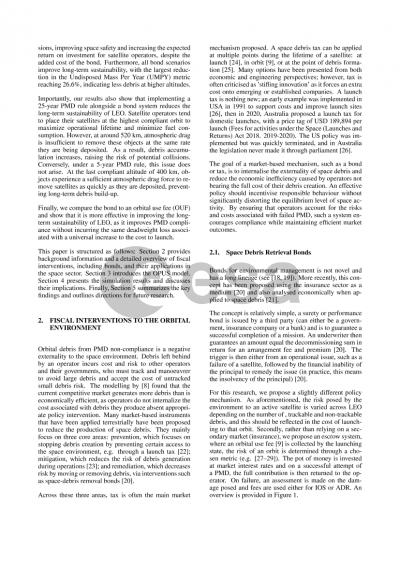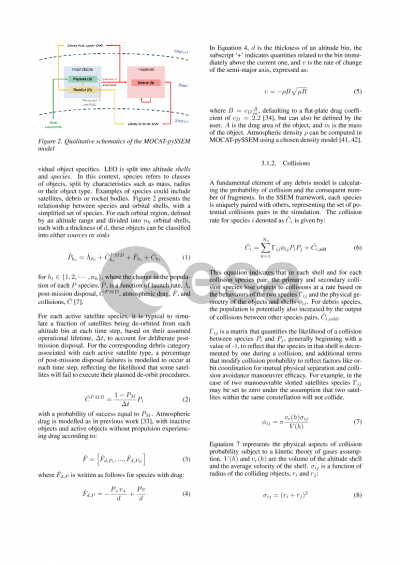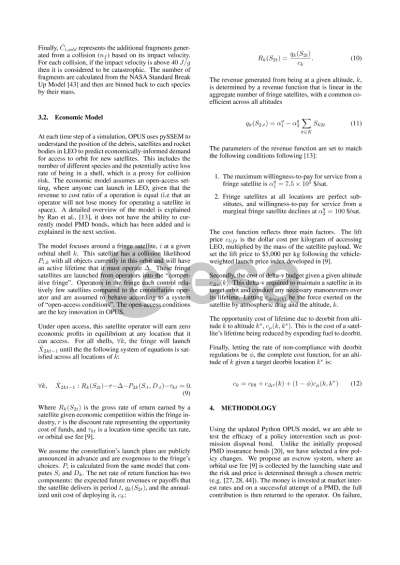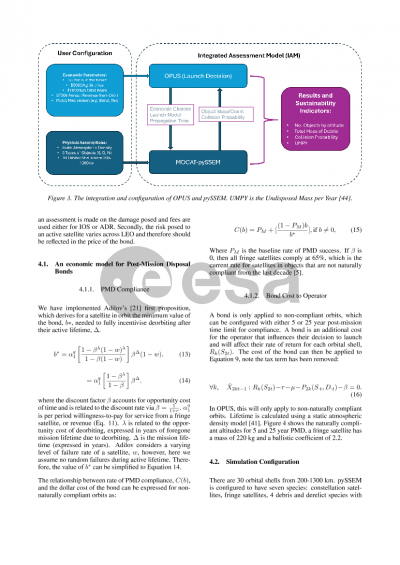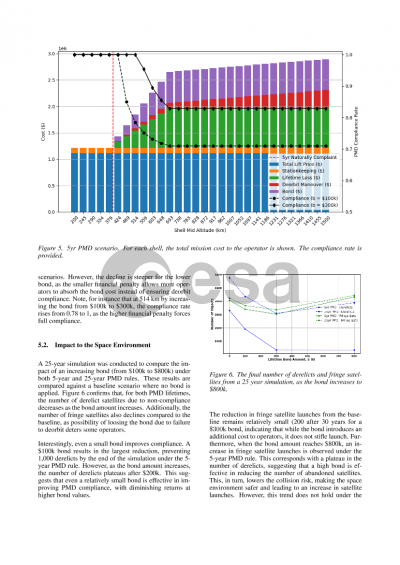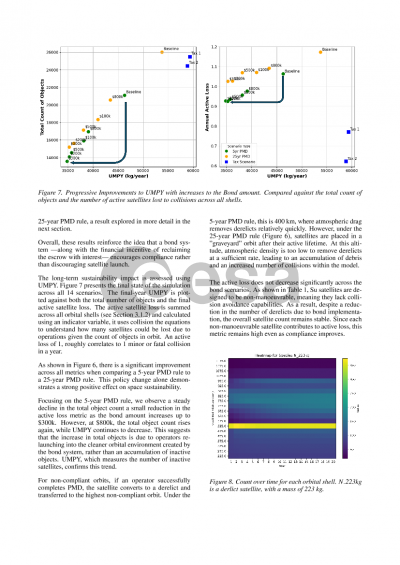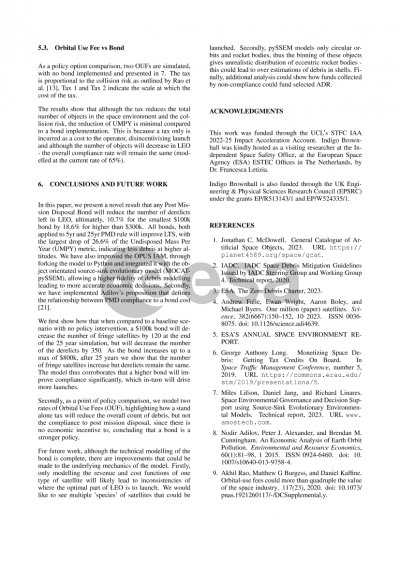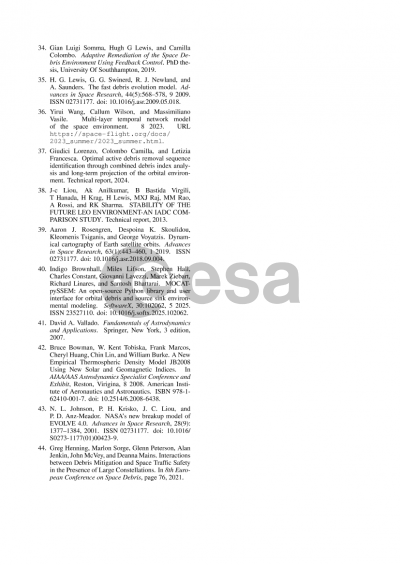Document details

Abstract
For decades, there has been more space debris in orbit than operational satellites. In recent years, we have witnessed a significant change in the use of space. Launch rates are currently around 20 times higher than 20 years ago, when the Inter-Agency Debris Coordination Committee published its Space Debris Mitigation Guidelines, the most widely internationally recognized document of its kind. Concurrently, the level of adoption of mitigation measures against space debris has not grown at the same rate. As a response to this, ESA has introduced the so-called “Zero Debris” approach, whose goals are to significantly limit the production of debris in Earth and Lunar orbits by 2030 for all future missions.
Going towards 2030, we could see between 100,000 and 1 million active satellites as large Low Earth Orbit (LEO) constellations are developed and launched. The pressure on regulation and developing further mitigation guidelines is growing across the community. This project aims to pull together transdisciplinary approaches from economics and the social sciences, to understand whether fiscal intervention could support the long-term sustainability of space.
In this paper, we first present a novel policy design that mixes an orbital use fee (OUF) and a Post Mission Disposal (PMD) bond, where the rate of tax is scaled with a chosen risk metric, but a substantial tax credit is returned to the operator after a successful active lifetime and PMD. We model the simulations using an integrated model comprised of Orbital Debris Propagators Unified with Economic Systems (OPUS) and a source-sink debris model (MOCAT-pySSEM).
Space debris related bonds have been suggested with economic theory but have not been assessed with an orbital debris evolutionary model. OPUS can model the intervention of policy, by altering economic taxes, revenues and costs of launching to a range of altitude bins, taking into account collision risk, financial returns and station keeping cost. Secondly, OPUS explicitly models endogenous launch decisions, capturing emergent behavior including any second-order or unanticipated policy effects.
Our initial results show that over a simulation time of 50 years, when comparing a business-as-usual scenario to the inclusion of the proposed policy, the space bond improves the long-term sustainability of space. There is a reduction in the number of derelict satellites in orbit, collisions and a Space Sustainability Rating (SSR). By scaling the tax rate to the collision risk at a given altitude, operators are deterred away from operationally riskier altitudes, while the bond associated with successful PMD encourages good behavior in orbit, rather than discouraging launches.
Preview
